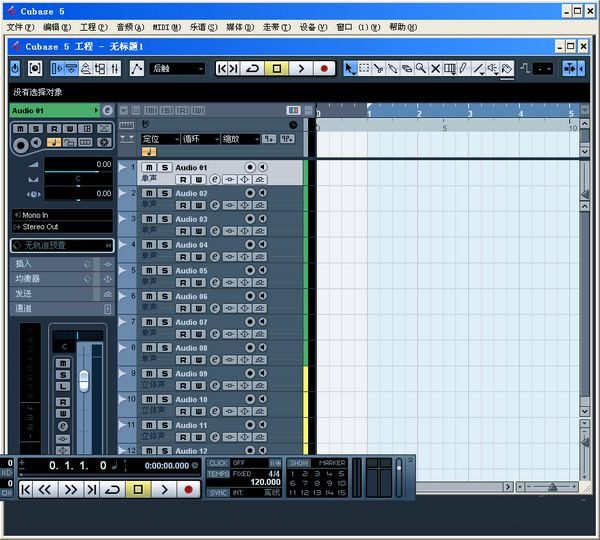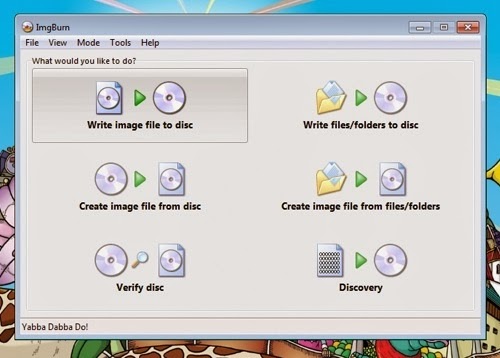


Using the Audio Tempo Definition Tool is fairly simple and Cubase will make its best guess at the tempo as soon the tool is selected - as long as the audio loop is cut to fit an exact length, setting the correct number of bars and beats for the loop is usually enough. However, even if your loop isn't cut to length, Cubase lets you set start and end points within the Sample Editor, and you can drag the bar and beat division lines with the Tempo Definition Tool, just as you could with the Time Warp tool when building tempo maps, to assist Cubase in finding the tempo of the loop. Any operation you undertake with the Tempo Definition Tool has no effect on the timeline or tempo of the Project, as Cubase switches from the Project's timeline to an independent timeline in the Sample Editor just for that loop when the tool is chosen. Once you have set up an Audio Event for Audio Warping, as described earlier, it will now always play back at the current tempo of the Project, and while in the past it was usually possible to get this far for material such as drum or bass loops by slicing them up, Audio Warping now lets you do the same for content that wouldn't be suitable for slicing, such as a guitar or vocal part. However, the really neat thing is that (like Acid and Live, admittedly) 'warped' audio will also follow tempo changes, no matter how tricky. Setting up your audio to play over a ramped Tempo Event, for example, is a especially neat way of seeing this, particularly in a multitrack example. If Audio Warping stopped there, it would be a useful tool and a great addition to Cubase.


 0 kommentar(er)
0 kommentar(er)
